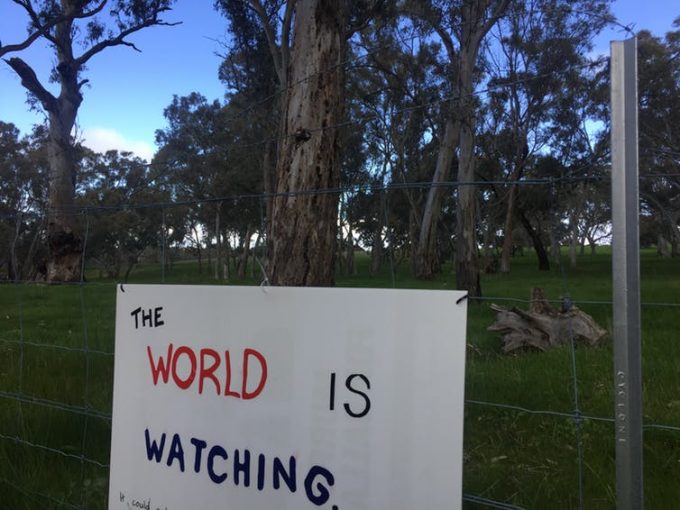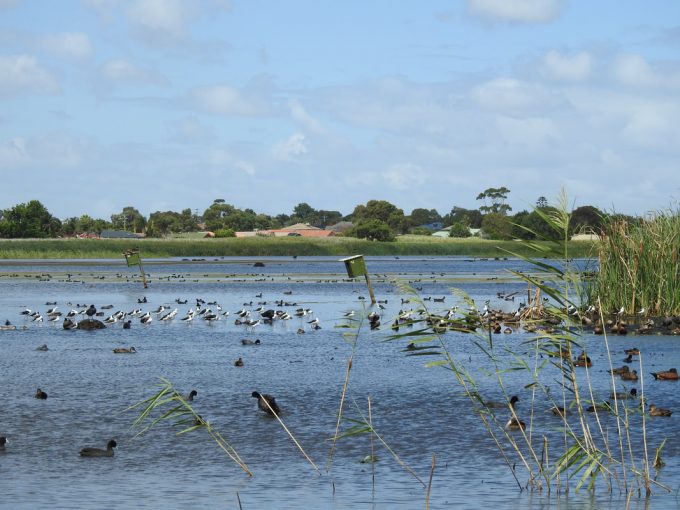Finding ways to conserve and protect heritage assets on privately owned and managed property is an ongoing challenge for policy makers.
Of the main approaches available, acquiring heritage assets from private owners and then maintaining them is often very expensive, and finding ways to encourage existing property owners to maintain and enhance those assets an ongoing and difficult policy challenge.
A lesser-known approach involves purchasing property with heritage assets, adding a legal agreement to the property title to protect the assets, and then reselling the property to an owner who will look after it. The proceeds from the sale can then be used to purchase and protect additional land. Sometimes called a “revolving fund”, this type of approach has been utilised to protect cultural heritage assets on private property in the UK, USA and other countries, and to a lesser extent, also here in Australia.
Likewise the process can work to protect land with natural heritage assets. Land trusts can purchase land of conservation significance, and then resell that land to new owners, in the process adding a permanent conservation agreement (such as a conservation covenant or easement).
Sounds great right?
Surprisingly, particularly in the nature conservation space, not much is known about the process of buying, protecting and reselling land for this purpose, and how it works.
The approach has a variety of different names, so for clarity here we refer to it as purchase-protect-resale, or PPR. But what’s been achieved by the PPR approach to date? What are the benefits of buying and reselling land for nature conservation? What are the challenges? With these questions in mind, we systematically reviewed the literature on this approach to find out more.
Globally, we found more than US$384m available for the purchase and protection of land with natural heritage assets, which collectively have protected at least 684,000 hectares. Whilst most of the programs are operating in the United States, Australia’s programs have made their mark, protecting more than a fifth of the global total.
Pulling out the common themes from the literature, we found a wide variety of benefits of PPR. Some of these were unique to this approach, such as the ability to recycle money, whilst others were similar to other conservation approaches, such as being able to target high priority properties, and shifting the ownership of these properties to people inclined to look after it.
We also uncovered a number of challenges. Some of these were unique to PPR, such as the limited demand within the real estate market for property of this type, and the requirement for continual purchase and resale (turnover) to achieve conservation. And there were other challenges shared with other conservation approaches, such as the problem of finding ways to recover any recovered costs, working within a dynamic market, and having to make decisions based on incomplete information.
Nonetheless, the ability to recover costs through property resale suggests an important role for PPR in nature conservation, particularly where land is expensive. And its ability to intervene in the property market suggests that at least at the point of sale, it can step in and protect land where the previous owner has been unwilling or unable to protect their land.
But while it all sounds promising, we also found few evaluations of PPR programs for nature conservation. Moreover, PPR is also likely restricted to certain types of properties, and won’t be appropriate in all circumstances.
To operate effectively, PPR requires complex decision-making, and we suggest further research could help programs identify and prioritise properties suitable for this approach. Economic theory in particular could prove useful for thinking about how to use PPR strategically, for example should managers focus their efforts on smaller properties likely to be resold faster, or slow turnover of properties with exceptionally high conservation value?
Like for cultural heritage, our review suggests that where suitable market conditions exist, and with appropriate property selection, PPR programs show promise as a self-sustaining approach for permanently protecting biodiversity on private land.
The PPR approach is unlikely to work in all circumstances however, it can be a useful part of the policy mix, complementing other approaches, any may be particularly useful where land is expensive or protection of heritage assets is otherwise infeasible.
For further information, contact Mat Hardy via mat.hardy@rmit.edu.au.
Recommended Citation:
Hardy, M.J., Fitzsimons, J.A., Bekessy, S.A., Gordon, A., 2018. Purchase, protect, resell, repeat: an effective approach for conserving biodiversity on private land? Frontiers in Ecology and the Environment (in press) https://esajournals.onlinelibrary.wiley.com/doi/full/10.1002/fee.1821





